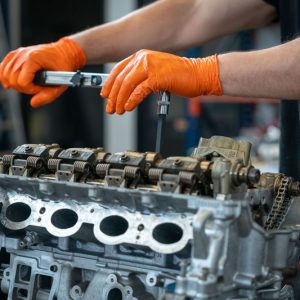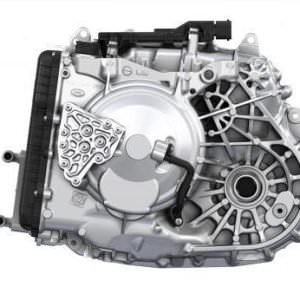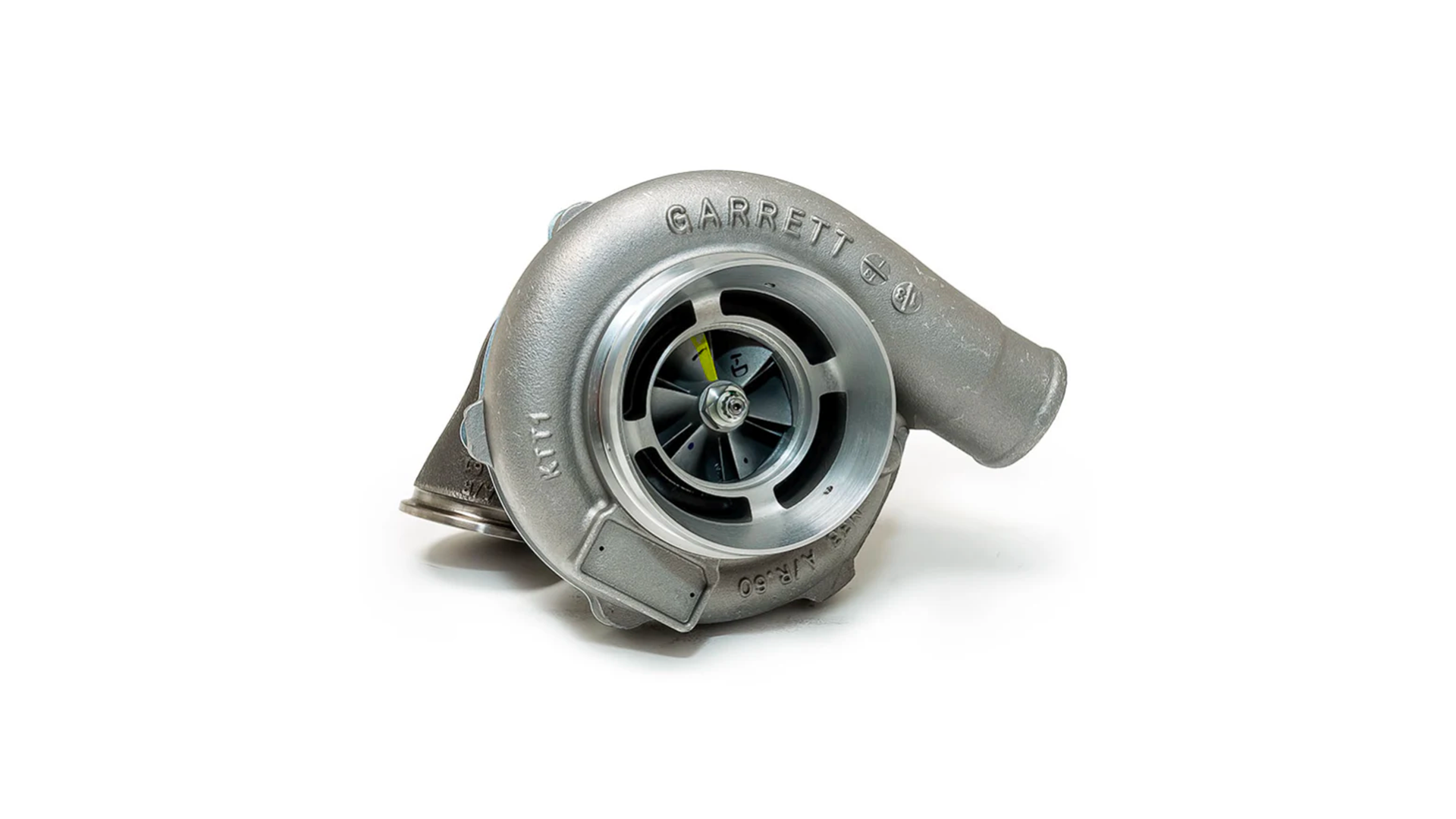The car's turbine is a crucial component of the engine's turbocharging system. Its main function is to increase engine power by increasing the amount of air entering the cylinders. However, like all car components, the turbine can wear out over time and require replacement. In this comprehensive guide, we explore what it means to replace your car's turbine, when it needs to be replaced, and how to go about the process.
What is a Car Turbine?
The car's turbine is a part of the turbocharger, a device designed to increase engine power by supercharging air. The turbocharger consists of two main parts: the turbine and the compressor. The turbine is what captures the energy from the exhaust gases and uses it to drive the compressor, which compresses the air and sends it into the engine's cylinders. This process allows the engine to burn more fuel and increase power.
When Does a Car Turbine Need Replacing?
Replacing the car's turbine is an operation that should only be performed when strictly necessary. Here are some situations in which replacement may be required:
1. Wear and tear: Over time, the turbine can wear out or become damaged due to the high temperatures and pressures to which it is subjected. This can reduce engine performance.
2. Breakage or damage: The turbine could break or be damaged by foreign particles in the intake air or foreign objects entering the compressor.
3. Lack of Lubrication: Inadequate lubrication of the turbine may cause damage and require replacement.
4. Signs of Malfunctioning: If you notice obvious signs of malfunctioning, such as abnormal noise from the turbocharger or a drastic loss of power, replacement may be necessary.
Turbine Replacement Process
Replacing a car turbine is a complex operation and requires advanced mechanical skills. Here is a general overview of the process:
-
Dismantling: The old turbocharger is removed from the engine.
-
InspectionThe extent of damage or wear to the old turbocharger is checked to determine whether replacement is actually necessary.
-
ReplacementIf the need for replacement is confirmed, the new turbine is carefully installed.
-
Control and Calibration: The new turbocharger is tested and calibrated to ensure correct operation and optimum performance.
Maintenance and Prevention
To prolong the life of your car's turbine and prevent problems, follow these guidelines:
-
Regular MaintenanceComply with the manufacturer's recommended maintenance schedules.
-
Use Quality OilsMake sure you use high-quality oils to ensure adequate lubrication.
-
Careful DrivingAvoid constant high engine speeds and hard acceleration, which can put the turbocharger under stress.
-
Clean Air Filter: Ensure that the air filter is always clean to prevent the entry of foreign particles.
Conclusion
Replacing a car's turbine is a delicate process that requires advanced mechanical skills. Following maintenance and prevention guidelines is essential to preserve the life of the turbine and maintain optimal engine performance. In case of problems, contact an experienced mechanic for an accurate diagnosis and professional turbine replacement.









